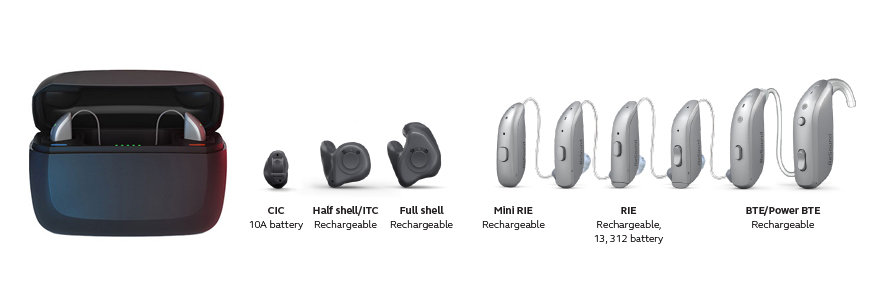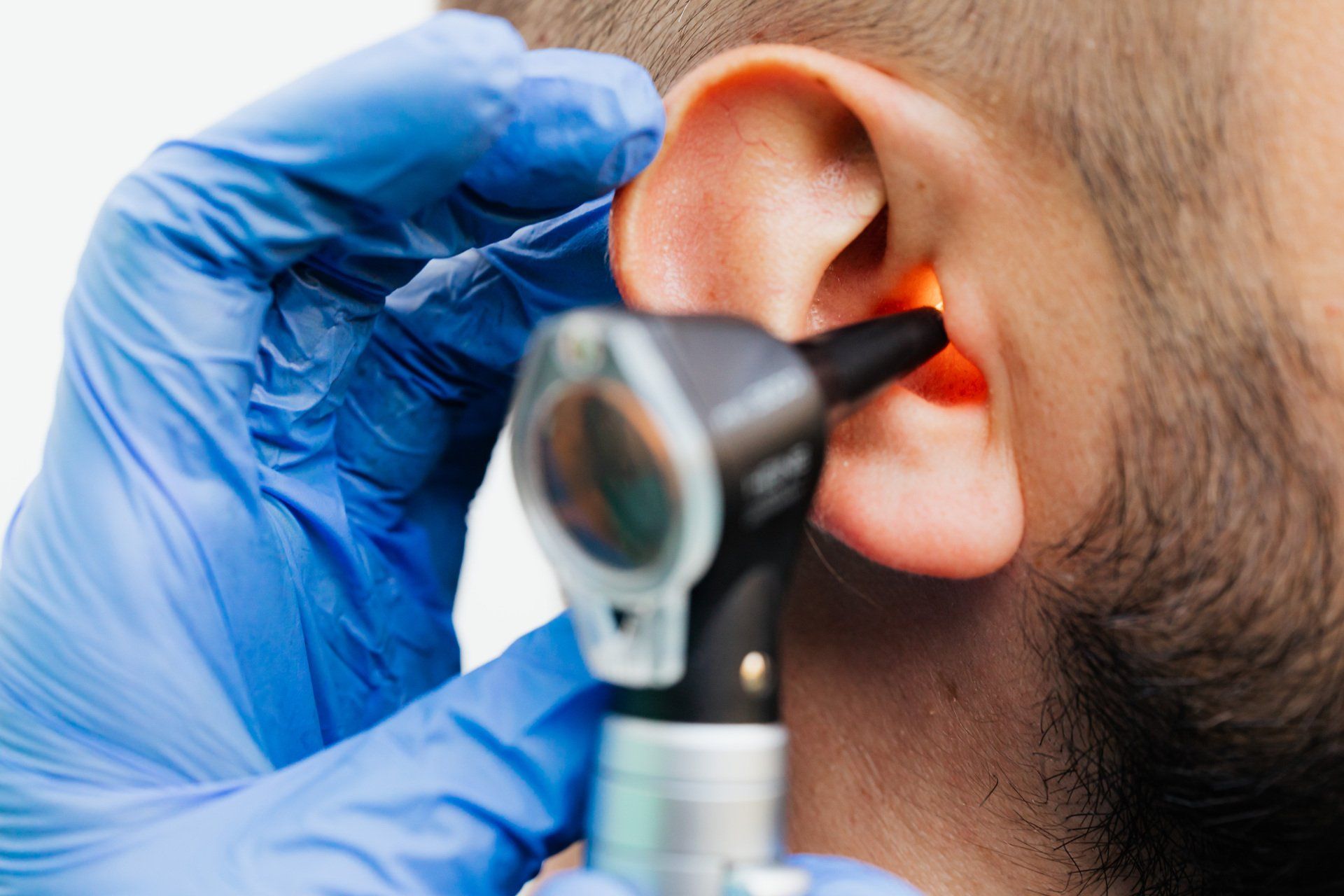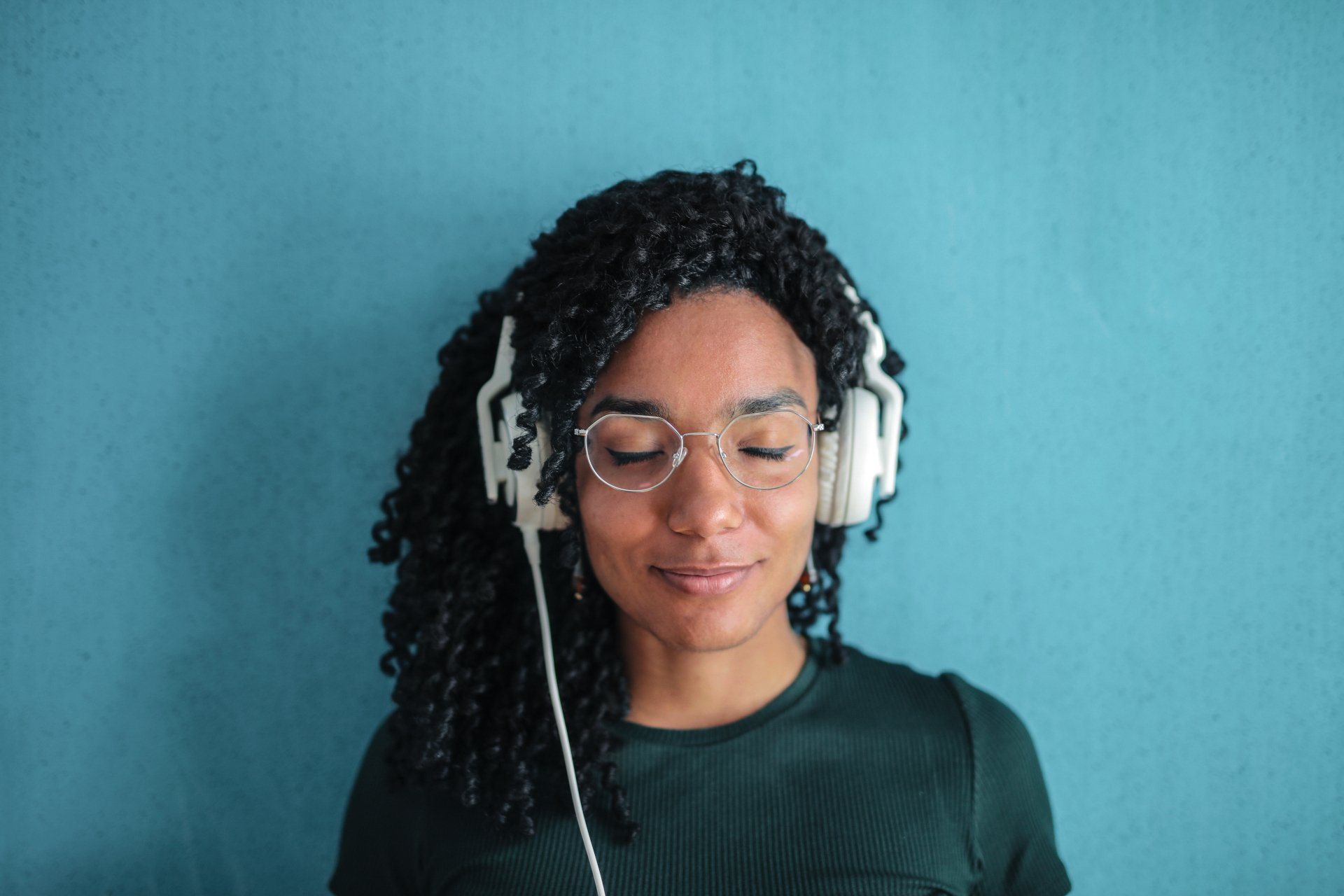Age-Related Hearing Loss: What are the first signs?
Hearing loss is tricky. It doesn't always come with visible symptoms like a broken leg would. You usually can't change it, but you can do things to improve it.
Here we are going to go over some of the signs of early age-related hearing loss. We will discuss the following
- What is hearing loss?
- What is the first sign you can notice in Hearing loss, In you or your loved one?
- Symptoms
- Takeaway
- The action you can take and how we will help you
It can be challenging to notice early signs of hearing loss. These are the best ways to see the early warning signs of hearing loss as they are present.
1. What is hearing loss?
Hearing loss refers to a diminished ability to perceive sound and interpret it correctly. It can be due to a number of factors, including age or exposure to loud noises over time. Age-related hearing loss is characterized by a gradual decline in your ability to hear sounds at high frequencies. People with this type of hearing loss often have difficulty distinguishing words that begin with s sounds or t sounds. This type of hearing loss usually occurs in both ears, but it can also affect one ear more than another.
2. What is the first sign you can notice in Hearing loss, In you or your loved one?
The first sign that someone has an issue with their hearing is when they start asking you to repeat yourself more often than usual or asking questions about what was just said in conversation so they can make sure they understood correctly; if you notice either of these things happening consistently, then it’s time for a checkup!
Here is a checklist of examples.
- Asking people to repeat themselves
- Turning the volume up on the TV, radio, or stereo
- Thinking people are mumbling when they're not
- Hearing background sounds, like traffic and air conditioning
- finding it hard to hear conversations at a restaurant or party
- *Takeaway: We should be aware of these early signs so we can make an appointment with our Hearing Health Care Providers.
"Age-related hearing loss can be tricky to spot,
especially since it's gradual."
3. Symptoms
Hearing loss is defined as one of three types:
- Conductive (involves outer or middle ear)
- Sensorineural (involves inner ear)
- Mixed (combination of the two)
Here are some symptoms of hearing loss.
- Muffling of speech and other sounds
- Difficulty understanding words, especially against background noise or in a crowd
- Trouble hearing consonants
- Frequently asking others to speak more slowly, clearly, and loudly
- Needing to turn up the volume of the television or radio
- Withdrawal from conversations
- Avoidance of some social settings
4. Takeaway
Keeping good hearing is important to enjoying a long and happy life. The first sign of age-related hearing loss can often be subtle and easy to miss. You might not be aware of it, but hearing loss can happen to anyone at any age. Many people get it wrong and think they can just listen harder or turn the TV volume up. So, what is the next step if you have hearing loss?
5. Action you can take now
If you notice one of these things happening on a regular basis, then it's time to make an appointment. You or your loved one should be aware of these early signs so we can make an appointment with our Hearing Health Care Providers.
Book an appointment
The sooner the better!
It's painless and under 60 minutes!
Book with Kabel Hearing Today!











